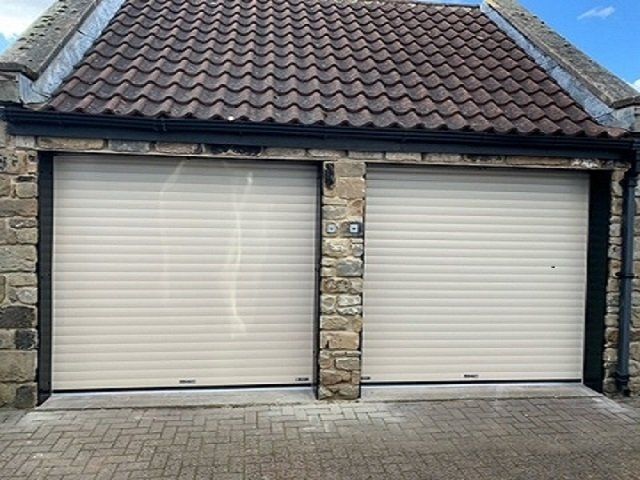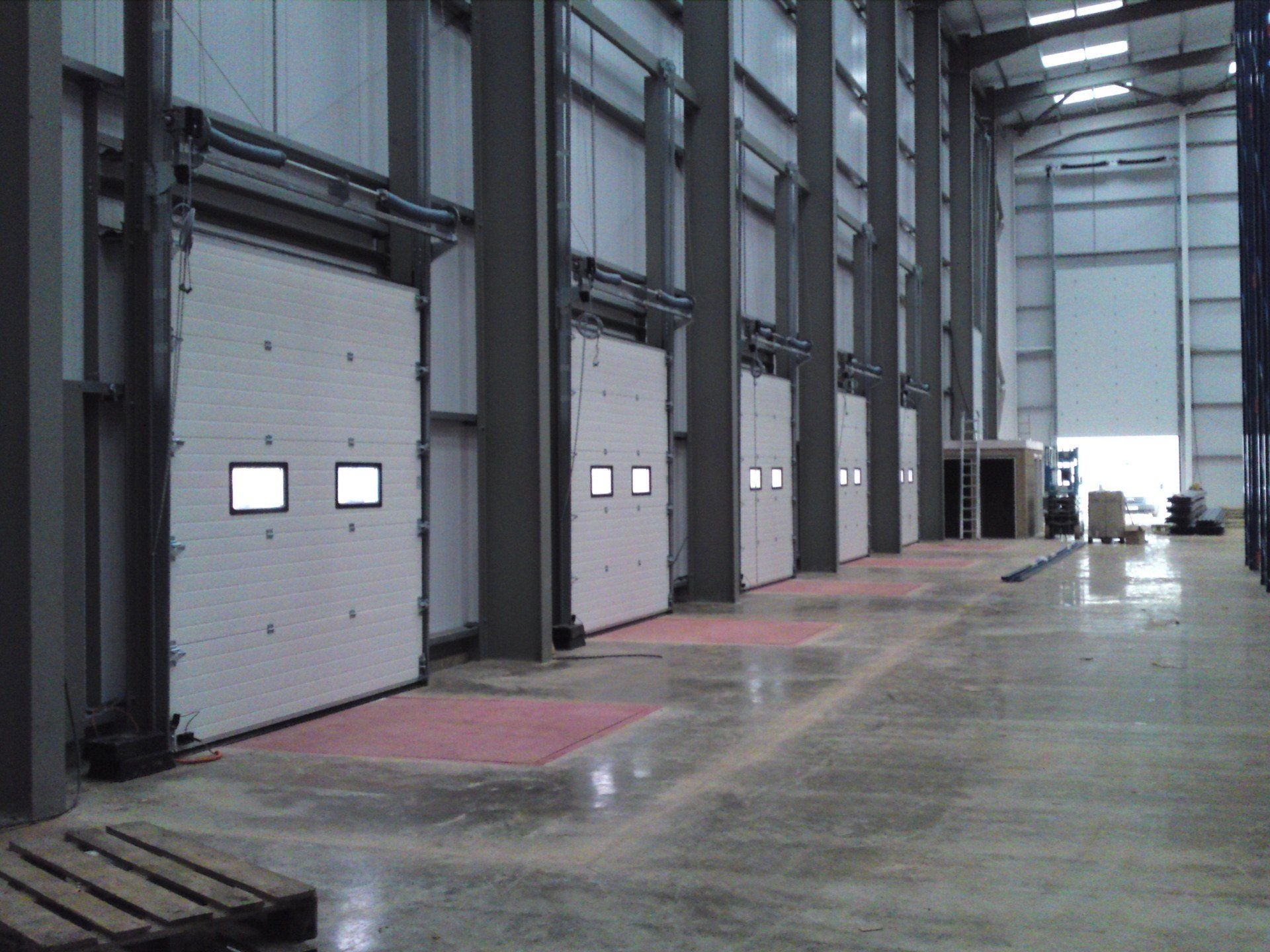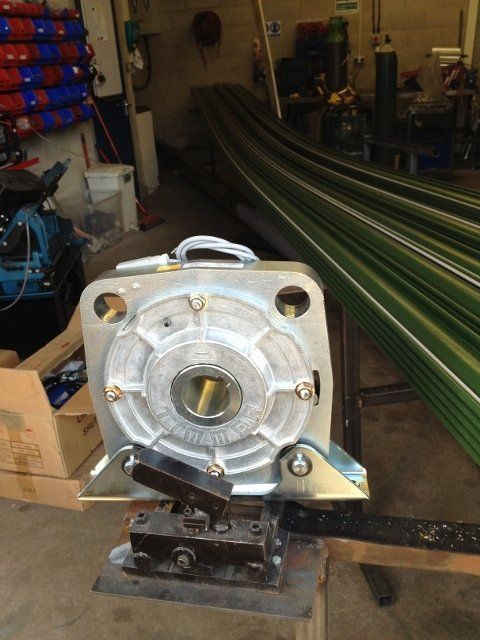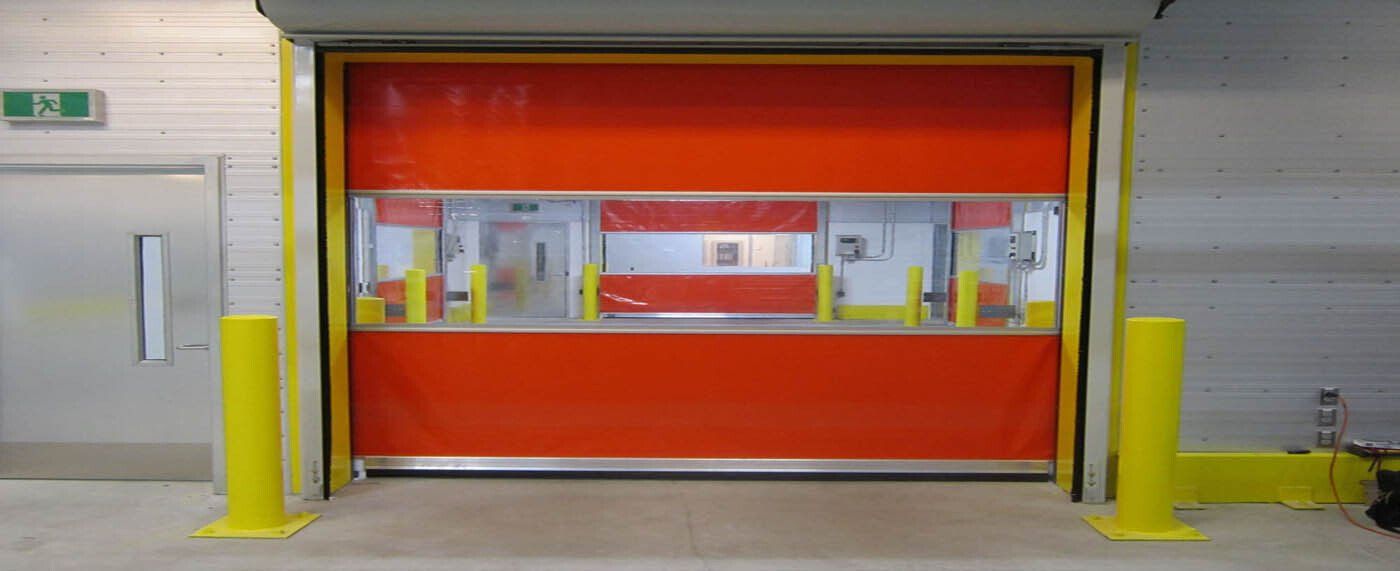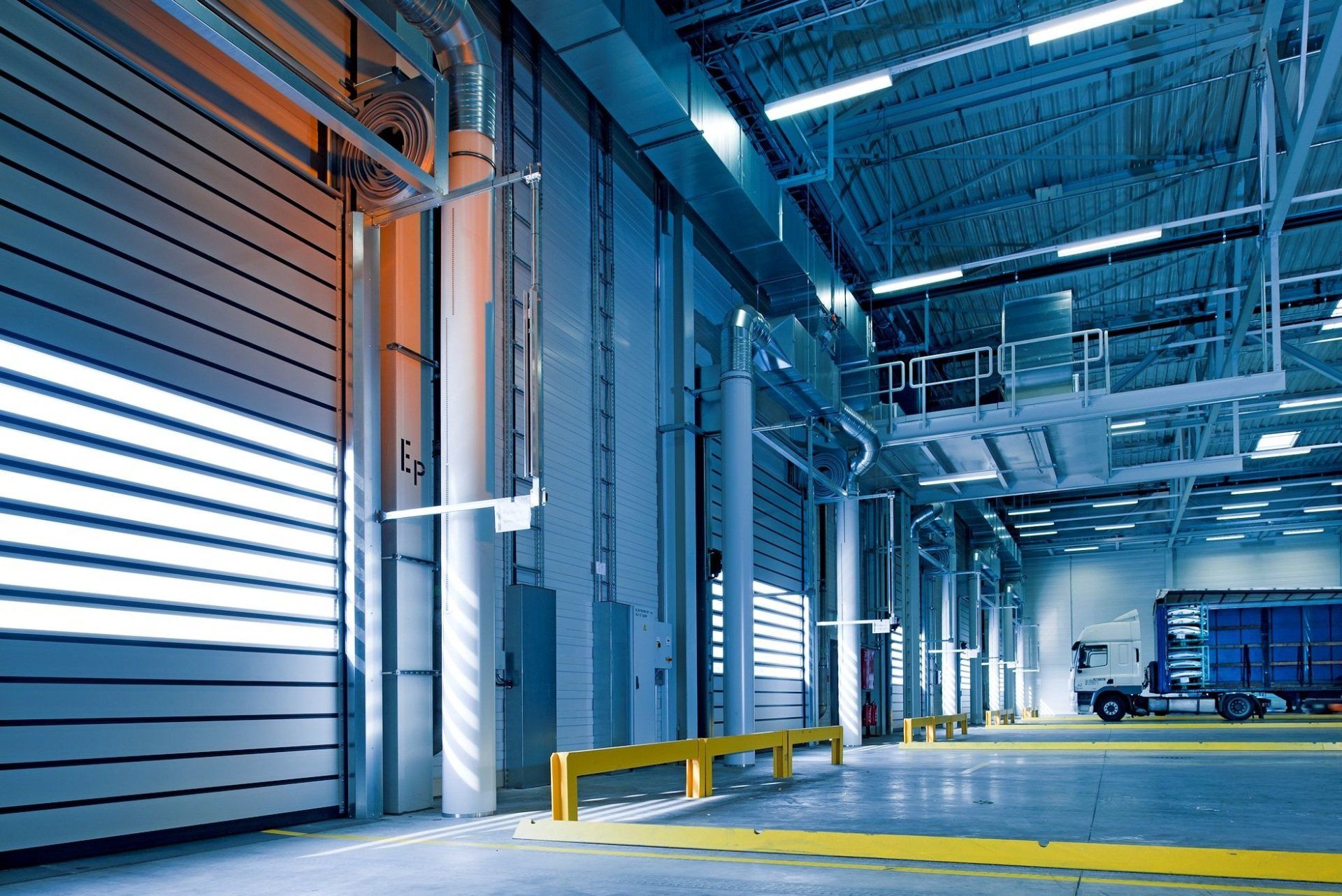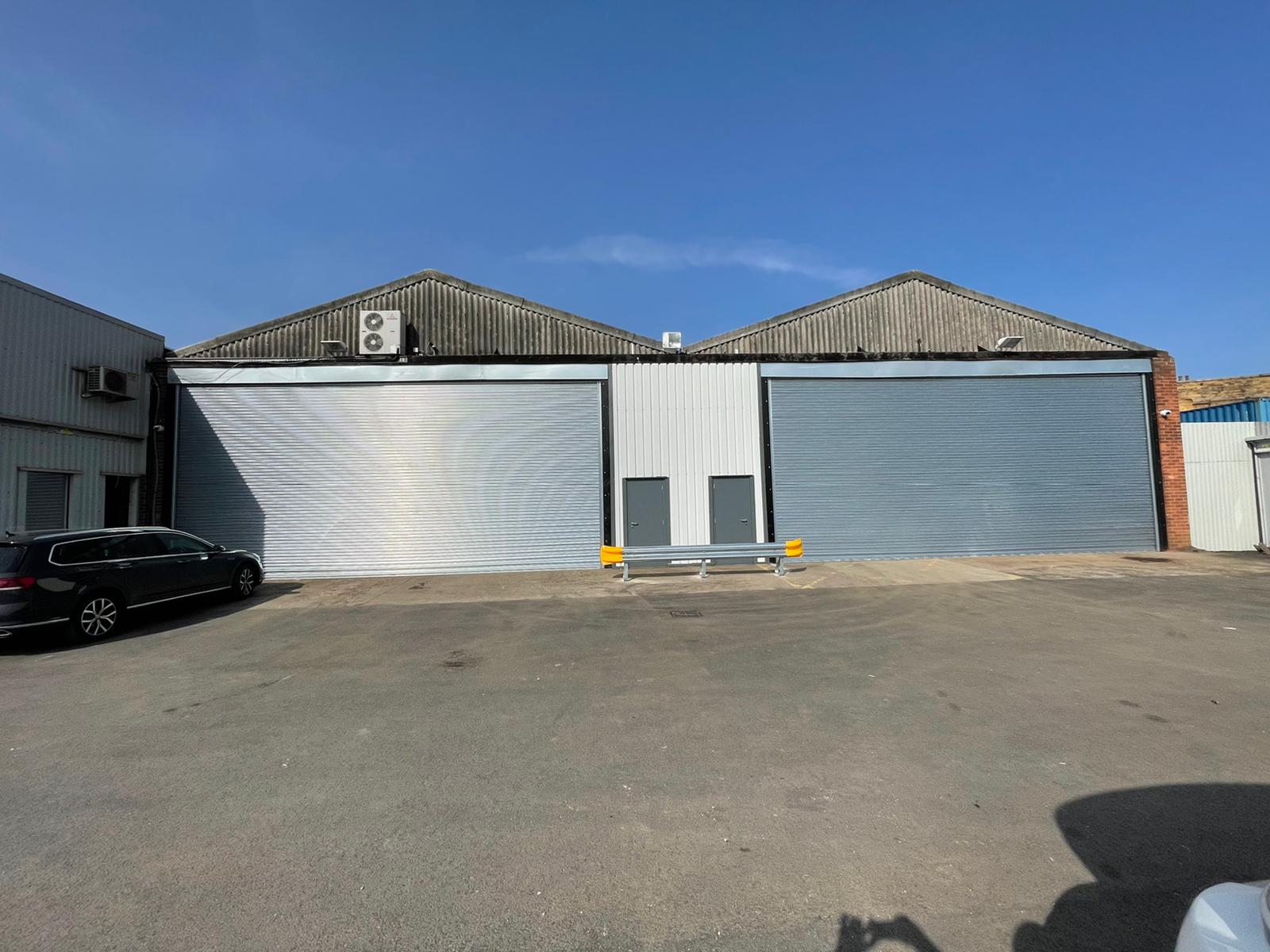Overhead Door Safety Tips for Industrial Facilities
Keep your factory safe, keep business moving
Industrial facilities rely heavily on overhead doors to facilitate the smooth flow of materials, equipment, and personnel. While these doors play a critical role in enhancing productivity, they also pose potential safety hazards. Implementing effective safety measures is essential to prevent accidents and injuries. In this article, we will discuss essential safety tips for industrial facilities with industrial doors.
Regular Maintenance and Inspection
Maintenance is the cornerstone of overhead door safety. Establish a routine maintenance schedule to ensure that all doors are inspected regularly. Look for signs of wear and tear, loose or damaged components, and proper lubrication. Address any issues promptly to prevent accidents caused by malfunctioning doors.
Employee Training
Properly trained employees are essential for safe door operation. Ensure that all personnel who operate or work near overhead doors receive comprehensive training on safety protocols. They should be familiar with the door's operation, emergency procedures, and potential hazards.
Clear Signage and Warning Systems
Clearly marked signage and warning systems are critical for safety. Install warning signs near overhead doors to alert employees and visitors to potential dangers. Consider additional visual and auditory warning systems, such as flashing lights and alarms, to indicate when the door is in operation.
Emergency Procedures
Establish clear and accessible emergency procedures for dealing with overhead door-related accidents or malfunctions. Employees should know how to respond to incidents like entrapment or door failure. Ensure that emergency contact numbers are readily available.
Safety Sensors and Controls
Modern overhead doors often come equipped with safety sensors and controls. These devices can detect obstructions in the door's path and automatically reverse its movement to prevent accidents. Regularly inspect and test these sensors to ensure they are functioning correctly.
Keep Clear Zones
Maintain clear zones around overhead doors, both inside and outside the facility. Ensure that no equipment, materials, or personnel obstruct the door's path. Keep the area well-lit and marked to enhance visibility and prevent collisions.
Personal Protective Equipment (PPE)
Require employees working near overhead doors to wear appropriate personal protective equipment, such as helmets and high-visibility vests. This can help reduce the severity of injuries in case of accidents.
Lockout/Tagout Procedures
Implement lockout/tagout (LOTO) procedures for overhead doors during maintenance or repair work. LOTO procedures involve isolating energy sources and clearly marking them to prevent accidental activation of the door while maintenance is underway.
Regular Testing
Conduct routine testing of overhead doors to ensure their proper functioning. This includes testing the emergency stop button, safety sensors, and control systems. Make any necessary repairs or adjustments promptly.
Record-Keeping
Maintain thorough records of maintenance, inspections, and safety training. Documentation can be valuable in demonstrating compliance with safety regulations and ensuring accountability.
Safety is paramount in industrial facilities, and
overhead doors are no exception. By implementing these overhead door safety tips, you can reduce the risk of accidents and create a safer working environment for your employees. Regular maintenance, employee training, and the use of safety features are all crucial elements in ensuring the safe operation of overhead doors in industrial settings. Prioritising safety not only protects your workforce but also contributes to increased efficiency and productivity in your facility.
